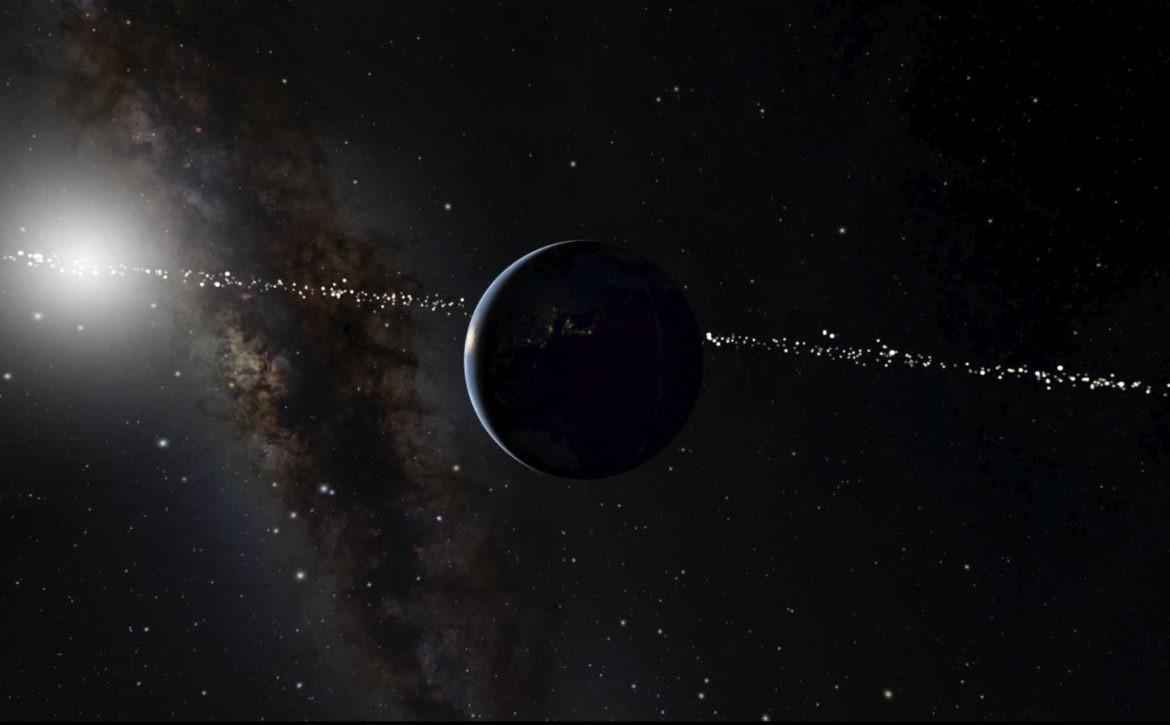
Can ET see us? Study finds many stars with prime Earth view
Feeling like you are being watched? It could be from a lot farther away than you think.
Astronomers took a technique used to look for life on other planets and flipped it around — so instead of looking to see what’s out there, they tried to see what places could see us.
There’s a lot.
Astronomers calculated that 1,715 stars in our galactic neighborhood — and hundreds of probable Earth-like planets circling those stars — have had an unobstructed view of Earth during human civilization, according to a study Wednesday in the journal Nature.
“When I look up at the sky, it looks a little bit friendlier because it’s like, maybe somebody is waving,” said study lead author Lisa Kaltenegger, director of the Carl Sagan Institute at Cornell University.
Even though some experts, including the late Stephen Hawking, warn against reaching out to aliens because they could harm us, Kaltenegger said it doesn’t matter. If those planets have advanced life, someone out there could conclude that there is life back here based on oxygen in our atmosphere, or by the radio waves from human sources that have swept over 75 of the closest stars on her list.
“Hiding is not really an option,” she said.
One way humans look for potentially habitable planets is by watching them as they cross in front of the star they are orbiting, which dims the stars’ light slightly. Kaltenegger and astrophysicist Jacqueline Faherty of the American Museum of Natural History used the European Space Agency’s Gaia space telescope to turn that around, looking to see what star systems could watch Earth as it passes in front of the sun.
They looked at the 331,312 stars within 326 light-years of Earth. One light-year is 5.9 trillion miles. The angle to see Earth pass in front of the sun is so small that only the 1,715…
Read More


